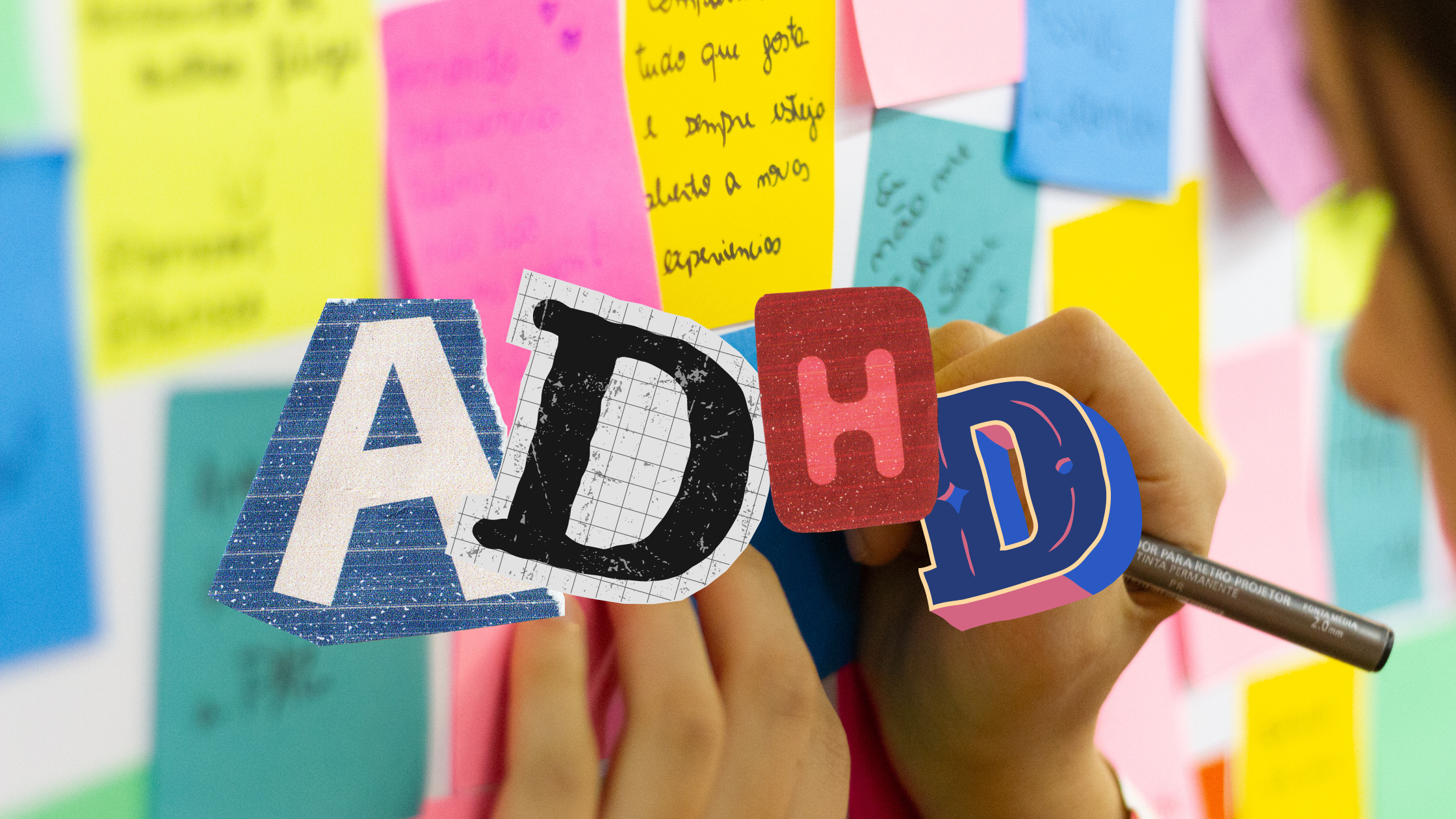So, you’ve found yourself down the rabbit hole of ADHD (Attention Deficit Hyperactivity Disorder) and ADD (Attention Deficit Disorder), huh? Whether you’re wondering if your child, your partner, or maybe even yourself might be in the ADHD club, fear not – we’re here to break it down with a bit of humour and a lot of heart. Let’s dive in!
ADHD vs ADD: The Lowdown
First off, let’s clear up some confusion. ADHD and ADD are often used interchangeably, but there’s a subtle difference. ADHD is the umbrella term that includes symptoms of hyperactivity and impulsiveness, while ADD (now considered an outdated term) refers to the inattentive type of ADHD without the hyperactive component. In other words, ADHD comes in three flavours: inattentive, hyperactive-impulsive, and combined type.
Common Symptoms: Spot the Differences
In Boys and Girls
Boys with ADHD are often the poster children – literally. They’re the ones bouncing off the walls, turning every piece of furniture into a jungle gym. They might struggle with:
- Constant fidgeting and movement
- Interrupting others
- Difficulty staying seated
- Trouble waiting their turn
Girls, on the other hand, often fly under the radar. They might be labelled as daydreamers or chatty Kathys. Their symptoms can include:
- Inattention to detail
- Disorganisation
- Daydreaming
- Excessive talking
In Men and Women
As adults, ADHD can manifest differently. Men might continue their childhood patterns of restlessness and impulsivity, while women often experience overwhelming inattention and forgetfulness. Here’s a quick look:
- Men: Impulsiveness, difficulty with time management, tendency to take risks.
- Women: Chronic lateness, trouble focusing, often feeling overwhelmed by daily tasks.
Neurotypical vs ADHD: The Brain Game
Imagine your brain is a TV remote. A neurotypical person’s remote can switch channels smoothly, adjusting volume as needed. For someone with ADHD, the remote is stuck on fast-forward, occasionally skipping to random channels and losing the volume button altogether. It’s not broken, just… different.
Neurotypical Traits:
- Better control over attention and impulses
- Consistent performance on daily tasks
- More stable emotional regulation
ADHD Traits:
- Difficulty sustaining attention
- Impulsivity and hyperactivity (depending on the type)
- Emotional dysregulation, such as mood swings and frustration
Tips for Thriving with ADHD
- Routine is Your Friend: Establishing a daily routine can help manage time and expectations. Think of it as your brain’s roadmap.
- Break Tasks into Chunks: Big projects can feel like climbing Everest. Break them into smaller, manageable steps – it’s like basecamp for your to-do list.
- Use Visual Aids: Sticky notes, calendars, and colour-coded systems can make remembering tasks easier. Plus, who doesn’t love a good sticky note?
- Mindfulness and Relaxation: Practising mindfulness can help centre your thoughts. Yoga, meditation, or even a quiet walk can work wonders.
- Limit Distractions: Create a workspace that minimises distractions. This might mean noise-cancelling headphones or a dedicated, quiet room.
- Get Moving: Physical activity can help burn off excess energy and improve focus. Whether it’s a morning jog or a dance party in your kitchen, get moving!
- Seek Support: Don’t go it alone. ADHD support groups, coaching, and therapy can provide invaluable insights and camaraderie.
Final Thoughts
Living with ADHD or ADD can be challenging, but it’s also uniquely rewarding. Embrace your quirks and strengths. After all, some of the world’s most creative minds have ADHD – you’re in great company! So, whether you’re tackling a project or just trying to remember where you left your keys (again), remember:
…it’s not about being perfect; it’s about being you.
Stay curious, stay kind, and keep those sticky notes handy.



Leave a Reply